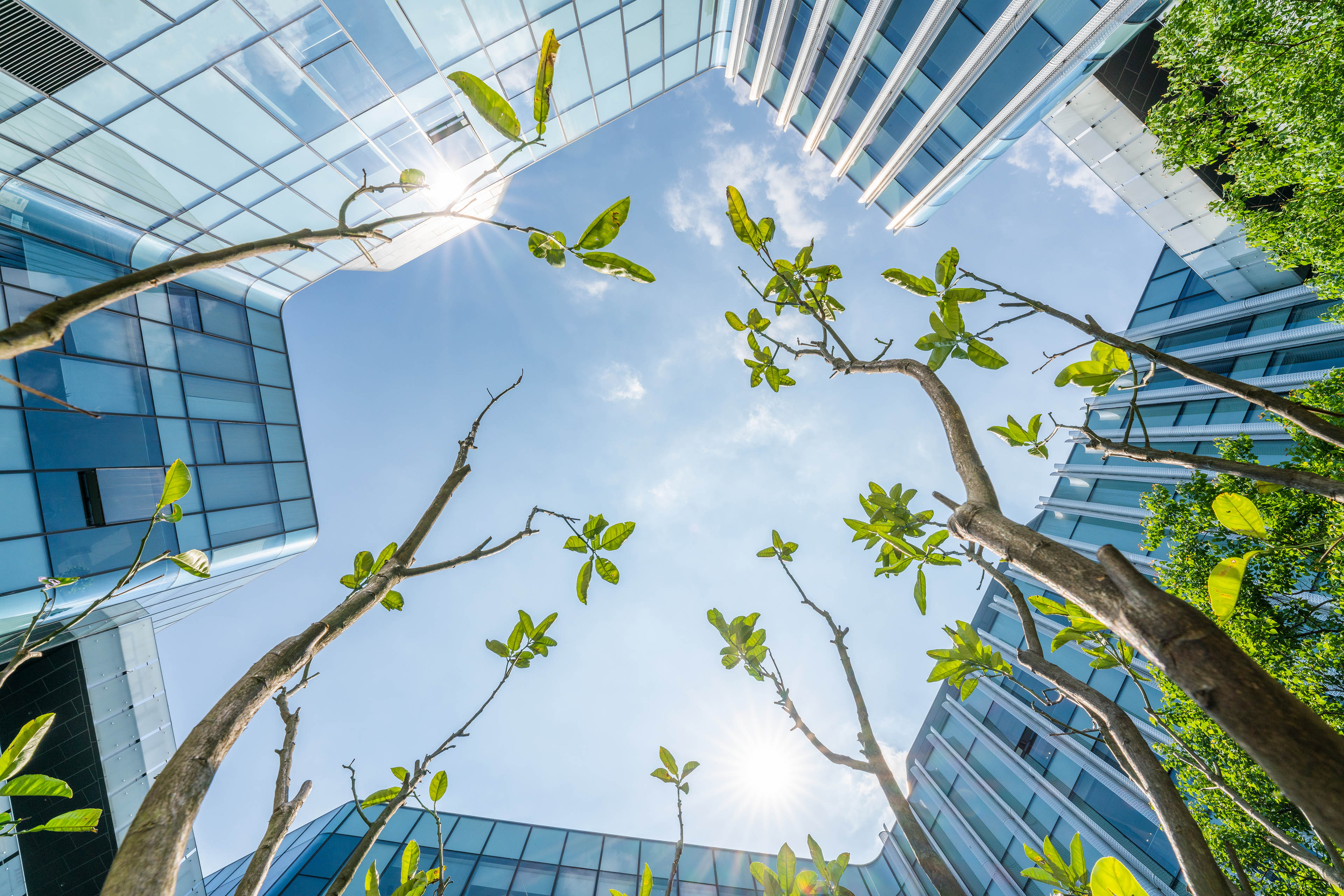EY refers to the global organization, and may refer to one or more, of the member firms of Ernst & Young Global Limited, each of which is a separate legal entity. Ernst & Young Global Limited, a UK company limited by guarantee, does not provide services to clients.

According to the latest EY Renewable Energy Attractiveness Index, Ireland ranks highly for renewable energy but network gridlock and high capital costs pose consistent challenges to be overcome.
In brief
- Ireland ranks as fifth most attractive country to invest in renewable energy projects on a GDP-normalised basis.
- Network gridlock and high capital costs cited as consistent challenges.
- Corporate Power Purchase Agreements (CPPA) continue to expand with Ireland climbing one place to rank 16ᵗʰ in the CPPA Index.
- Battery energy storage systems are deemed as critical to balance renewable energy development.
Ireland is now the fifth most attractive country in the world to invest in renewable energy projects on a GDP-normalised basis according to the latest EY Renewable Energy Attractiveness Index. Now in its 63rd edition, the index ranks the world’s top 40 markets based on their attractiveness for investment in renewable energy and deployment opportunities.
The largest global markets including the US, China and Germany naturally tend to top the index due to the scale of their energy demand but there are many smaller markets like Ireland where renewable energy is growing rapidly and becoming highly attractive to investors. GDP-normalisation allows a fair comparison between all markets, regardless of size. Ireland follows behind Denmark, Greece, Chile, and Australia in the normalised ranking.
Ireland’s ambitious energy transition plans and progressive decarbonisation policies are creating significant opportunities for investors in the country’s rapidly expanding renewable energy sector. During 2023, an additional 600MW of new grid-scale renewable energy was installed across the country – 200MW of wind and 400MW solar. This represents a tripling of the 200MW that was connected in 2022. While this is significant progress, more will need to be done if Ireland is to meet its targets of tripling renewable energy capacity by 2030. This will require an average increase of 1.6GW annually.
This is in line with the global trend where, despite investment in clean energy reaching a record US$1.8 trillion in 2023, including US$660 billion earmarked for renewables, the overall target of a tripling in renewable capacity by 2030 is likely to be missed by around 20%.
Renewables generating capacity is not the only issue at play, however. Decades of underinvestment in grid infrastructure have led to severe constraints in terms of connecting renewable power. A 2023 International Energy Agency report found that globally approximately 1,500GW of renewables capacity was languishing in ever-lengthening queues awaiting grid connections. There is a need to redouble the focus on finding solutions that will accelerate delivery and connectivity of renewable energy at scale.
In Ireland, EirGrid has responded with its ambitious Shaping Our Energy Future investment strategy which aims to make the grid ready to carry 80% of Ireland’s electricity from renewable sources. This is undoubtedly contributing to Ireland’s attractiveness for investment in renewable generating capacity.
Indeed, progress made to date has been impressive and the Environmental Protection Agency (EPA) has reported that power generation emissions decreased by a record 21.6 per cent (2.2 Mt CO2eq) in 2023.
Another contributory factor is the growth in the Irish Corporate Power Purchase Agreements (CPPA) market where businesses commit to purchase electricity directly from renewable sources. Ireland climbed one place to rank 16th in the EY Global CPPA Index in 2023. This reflects a growing use of these agreements in Ireland as organisations continue to invest in renewable energy both to meet their energy needs and to deliver on ambitious individual climate commitments.
Also playing in Ireland’s favour is the significant progress being made in battery energy storage systems (BESS) capacity. As renewables proliferate and electrification of the economy grows, BESS will play a key role in a dynamic energy system by smoothing supply and demand peaks and helping defer the cost of grid expansion and upgrades. Data from the International Energy Agency projects a fourfold increase in global BESS deployment between 2023 and 2030.
Governments around the world have been taking action to boost this growth. The US, bolstered by a 30% tax credit under the Inflation Reduction Act, takes the top spot in the new EY ranking of the world’s most attractive markets for BESS investment. China, which is deploying strong government support and subsidies with the aim of reducing BESS costs by 30% by 2025, is a close second. The UK, with a new energy bill that classifies BESS as a generation asset, is in third spot.
Fortunately, the Irish Government understands the importance of BESS and, as part of the Climate Action Plan, the Department of the Environment, Climate and Communications recently published the Electricity Storage Policy Framework. This policy clarifies the key role of electricity storage in Ireland’s transition to an electricity-led system, supports Irelands 2030 climate targets, and is a stepping stone on Ireland’s path to net zero carbon emissions.
Ireland now has over 1GW of electricity storage connected to the grid – enough to power the equivalent of approximately 450,000 homes for one hour. This includes just over 730MW of battery storage. With Ireland’s current peak demand just under 6GW, it is very promising that a significant amount of BESS is already operating in our electricity system and some 4.45GW of battery storage capacity is projected to be installed by 2030.
Against this backdrop of enlightened and ambitious Government policies, growing demand for electricity from renewable sources, grid upgrades to support the incorporation of additional renewable power, and a strong pipeline of battery storage projects, Ireland is in a strong position to maintain its attractiveness for investment in renewable energy projects.
Related articles
5 ways Large Energy Users can support low-carbon security of supply
How can Large Energy Users (LEUs) ensure security of energy supply while not increasing carbon emissions? Here's 5 measures they can take now.
CSRD: How to manage your double materiality assessment
Preparing for the Corporate Sustainability Reporting Directive (CSRD). How to conduct a double materiality assessment.
Why Irish boards need to make sustainability mission critical
A bold approach to sustainability by boards can deliver long-term strategic value to organisations. Find out how.
Summary
Ireland is the fifth most attractive country to invest in renewable energy projects on a GDP-normalised basis, as ambitious energy transition plans, proactive policy settings and significant opportunities continue to attract investment in the rapidly expanding renewable sector.






